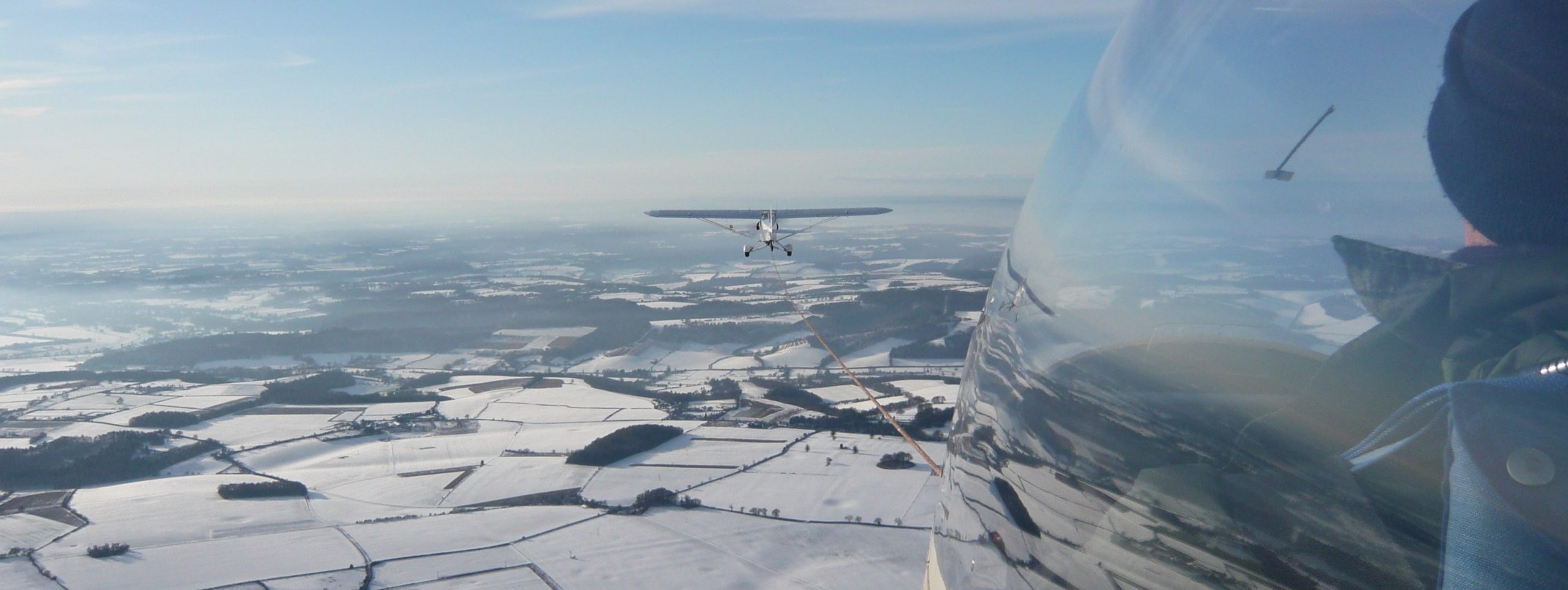
Weather summary – Booker today
This page provides forecast for Booker Airfield on a single page. Useful for visitors to the club and for pilots that wish to self brief for local flying. See the Weather page in the members area for details and links to other gliding weather forecasting sites.
The Meteograms above will provide the following information.
Top – Previous night Min Temp, Max daytime Temp, Cloud amount and type. A big difference in night/day temperatures can indicate cold air that receives a lot of heating; good for thermals.
Middle – Likelyhood and amount of precipitation (Rain/Snow etc) and showers. Fog or mist (cloud on the ground), Cloudbase. Ideally we would like to see 25% to 50% cloud at about 1.5Km high..
Bottom: Wind direction (arrows), Wind speed and Wind gusts. If gusts are higher than 20Kts then we can have too much turbulence during takeoff in some wind directions although this also depends on how turbulent the air is..
The graphs below are a bit more specialised and relate to local thermal activity.
Generated and displayed courtesy of the RASP (Regional Atmospheric Soaring Prediction) website.
Sea Level Pressure (QNH). If QNH falls significantly during the flying period your altimeter will overread (150 feet for 5 mb) unless you adjust it. If below 1000 and falling by more than a few mb often indicates deteriorating weather. Rising pressure during day often stabilises thermic weather and prevents too much cloud developing.
Local thermal soaring prospects at Booker Airfield.
See text below each chart for an overview of what the chart means for gliding at Booker today.
The hugely simplified RASP STAR rating uses a proprietary RASP algoithm to predict how good the day might be. If the rating is below 1 we might not be flying. If it is above 4 from 11am until 4pm then it is probably a very good day. For anything else, it is always best to be optimistic and not to wait for the elusive perfect day.
Boundary Layer (BL Top- Green)* – this is the part of the atmosphere that is stirred up by thermals and turbulence. This layer gets deeper (higher) as the atmosphere mixes during the day and subsides at night. It may also start to subside if high (or too much) cloud cuts off the sun. The top is also the maximum height for dry (blue) thermals.
BL Wind* – Boundary Layer wind (top edge of graph), this is the approximate wind we will encounter whilst thermal soaring, it is nearly always stronger than the wind at ground level.
Thermal Strength (Red)* – We like to see this above 400 Ft/Min from 11 am till 5pm! We could possibly stay airborne if it is above 250.
Cloudbase (Lt Grey)* – We can fly if cloud base is above 1500 Ft but for a good Trial Lesson we prefer 2500Ft. Clouds from thermals only appear when heated air rises (see Cumulus Trigger below).
Temperature* (Red) and Dew Point* (Blue) – Dew Point is the temperature that moisture in the air will condense. The difference between Dew Point and Temperature also provides a rule of thumb for cloudbase – 400Ft per degree C difference. When there is soaring weather the Thermal start time and strength is partly determined by the surface temperature.
Cumulus Potential Height and Trigger (Pink)* – Cumulus from heated rising air will not appear until this value is above zero; +ve. This means the “Cloudbase” in the upper diagram will be invisible until the temperature (and corresponding time of day) shown at this point in the day is reached.
This last chart gives an idea how often the sun will be cutoff by upper cloud or expanding cumulus. Sometimes it will remain soarable even when the sun is cutoff all day, however, it is good to know when top cover is forecast. As the forecast is for a single point (Booker airfield) the sun may fluctuate all the time and have it’s heating reduced as cumulus clouds pass.
Sfc Sun (Yellow)* – Amount and timing of sun on the ground.
Top cover (Blue)* – Amount and timing of any high (cirrus) clouds that may cutoff the sun
Cloud within Boundary Layer (Grey)* – Amount and timing of any over developed Cumulus or storm clouds that may cutoff the sun
Sunrise and Sunset – In the header, helpful in winter.
- *The descriptions provided here for these parameters are simplified. For more detailed descriptons see the BLIPMAP = Boundary Layer Information Prediction MAP – Parameter Definitions webpage. If you already know the detail, don’t forget it is just a forecast.

